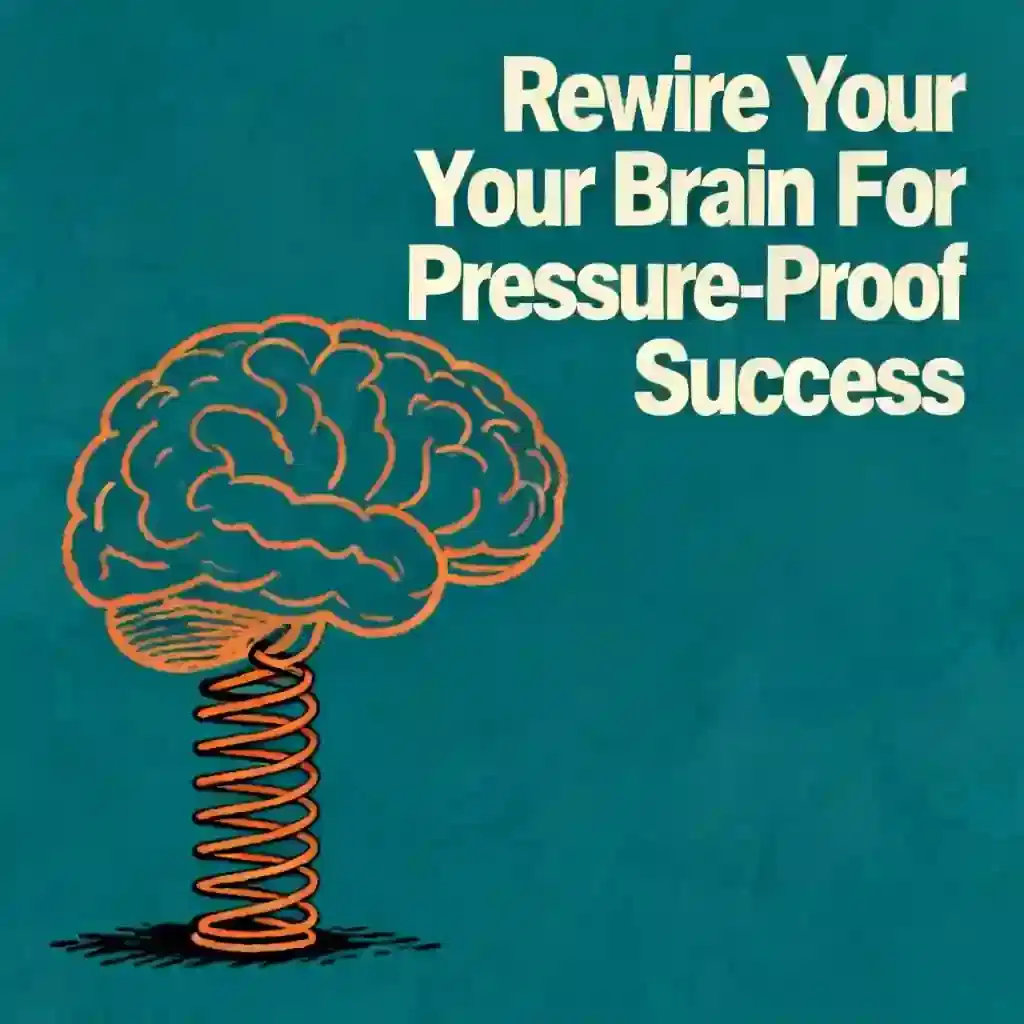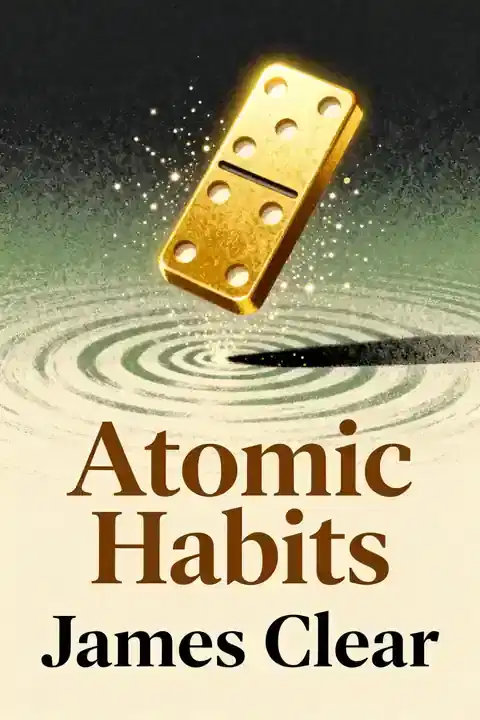What is
The Big Leap by Gay Hendricks about?
The Big Leap reveals how self-sabotage through the "Upper Limit Problem" blocks people from reaching their full potential. Hendricks teaches readers to identify hidden fears, shift into their "Zone of Genius," and achieve lasting success in wealth, relationships, and personal fulfillment using practical strategies developed over decades of coaching.
Who should read
The Big Leap?
This book is ideal for high-achievers, entrepreneurs, and professionals facing career plateaus, as well as anyone struggling with imposter syndrome or self-doubt. Hendricks’ insights are particularly valuable for those seeking to align their work with innate talents.
Is
The Big Leap worth reading?
Yes – it’s endorsed by executives and featured in leadership programs for its actionable framework to overcome psychological barriers. Over 800 corporate leaders, including Dell and HP managers, have applied its principles to break through career limitations.
What is the Upper Limit Problem in
The Big Leap?
The Upper Limit Problem describes our tendency to sabotage success due to subconscious beliefs about undeserved happiness. Examples include creating crises when things go well or doubting achievements despite evidence of competence.
How does the Zone of Genius differ from the Zone of Excellence?
The Zone of Excellence involves tasks you do competently but without passion, while the Zone of Genius leverages unique strengths that feel effortless and energizing. Hendricks argues most people plateau in the former, never reaching their full potential.
What are 3 key strategies from
The Big Leap?
- Mindfulness of Upper Limit behaviors (e.g., worry or criticism during success)
- Reframing limiting beliefs like "I’m not worthy of abundance"
- Committing 15 daily minutes to Genius Zone activities.
What are notable quotes from
The Big Leap?
"We all have an invisible inner thermostat setting that determines how much love, success, and creativity we allow ourselves." This metaphor explains how people unconsciously limit their growth potential.
What are common criticisms of
The Big Leap?
Some readers find the concepts abstract without concrete implementation plans. Critics note it assumes universal access to career flexibility, potentially overlooking systemic barriers.
How can
The Big Leap help with career transitions?
The book provides tools to identify transferable Genius Zone skills, helping professionals pivot confidently. Hendricks’ clients have used these methods to transition from corporate roles to entrepreneurship.
How does
The Big Leap compare to
Atomic Habits?
While Atomic Habits focuses on behavior systems, The Big Leap targets psychological root causes of self-sabotage. The books complement each other – one addresses "how" of change, the other "why".
What is Gay Hendricks’ background?
A Stanford-trained psychologist and former University of Colorado professor, Hendricks has 40+ years’ experience coaching executives. He co-founded The Hendricks Institute and authored 35+ books on conscious living.
Why is
The Big Leap relevant in 2025?
Its principles address modern challenges like remote work isolation and AI-driven career disruption. The Upper Limit framework helps navigate uncertainty by building psychological resilience.
Does
The Big Leap include practical exercises?
Yes – tools include the "Genius Journal" for tracking flow states and the "Upper Limit Temperature Check" to identify self-sabotage triggers. The appendix details Hendricks’ own entrepreneurial journey.















